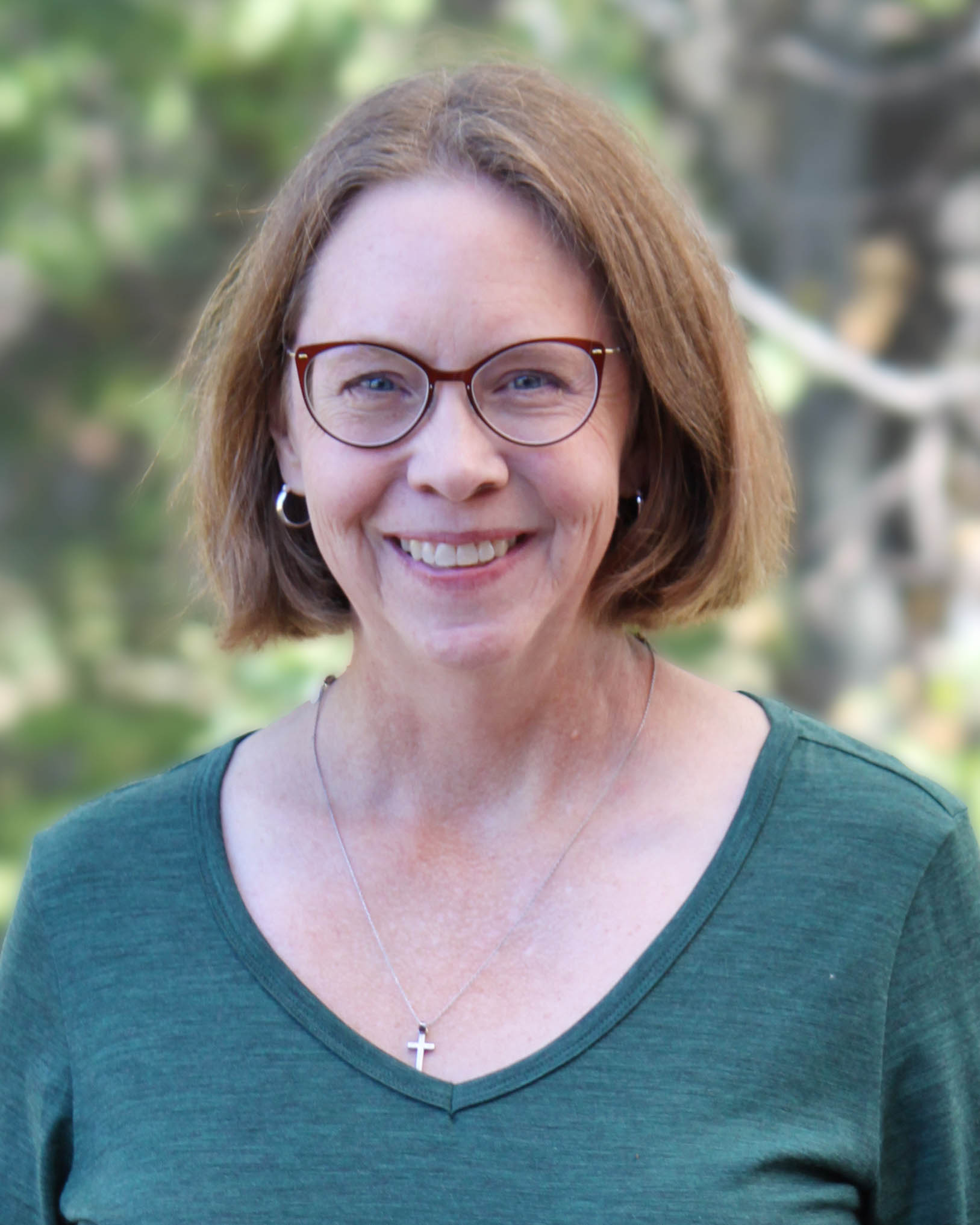
My daughter and I have enjoyed venturing back into ancient history studies this past year. Of the four-year history cycle that we study, it has always been my favorite. And out of ancient history, my favorite part, without a doubt, is when we read about Egypt: its pharaohs, its land, and its architecture. The pyramids of Egypt—specifically the Great Pyramid at Giza—are some of the oldest and most remarkable structures in all the world. The Great Pyramid at Giza was constructed approximately 2500 years before Christ and is one of the largest ancient structures ever built. Taking an estimated time of somewhere between ten to twenty years to construct, it still stands tall more than 4500 years later (Nix 2015). Its foundation is solid.
It took a lot of time and patience to construct this pyramid. Had the architects decided on a quicker pace using inferior materials, we would not have it to enjoy today. Such it is with any worthy endeavor, and the language arts are no different. It is important to take the time to lay a firm foundation, especially in our children’s younger years, as we teach skills like reading, spelling, and writing. There is no quick and easy solution. There is no shortcut.
Language arts skills, like other academic skills, require concerted time and effort to master. Foundational skills must be acquired before moving “up the pyramid” to a higher skill set. The early years of education are especially important, for that is when the groundwork is laid. So, how should we go about instilling that firm foundation?
Begin by taking the time, like the pyramid builders did, to lay the proper groundwork. And be patient. Remember that just as the pyramids weren’t built overnight, nor is a child’s knowledge base. Children require copious amounts of time spent in learning about and exploring their environment. It can’t be addressed in five-minute micro sessions. Read to your children. Read stories and fairy tales and poetry. Read a lot! It is by listening to stories that our children build their vocabulary and syntax “blocks.” And when you have read a story or fairy tale or poem, talk about it. Ask questions. Engage.
Also during those precious early years, spend concerted time studying phonics to continue your strong foundation building. Programs like Primary Arts of Language, All About Spelling, and Phonetic Zoo will strengthen your child’s understanding of the English language. They are robust curriculums and will help to build that solid educational base. Plan on spending a large amount of time during those kindergarten through third grade years to make sure what you have laid is firm. As you move through those years, also remind yourself to be patient. Focus on these skills along with math to achieve that end.
By taking time to lay the groundwork, you open up worlds to your children in their later years to explore. Science and history will be more meaningful with a firm foundation of language arts and math skills undergirding their efforts. There is no quick way around it. Building for the future takes time. But by doing so, you and your children will be able to enjoy the fruits of their labors as they build skills that will stand a lifetime and bless generations to come.
Works Cited
Nix, Elizabeth. "How long did it take to build the Great Pyramid?" History.com.
A&E Television Networks, 03 June 2015. Accessed 06 Apr. 2017.
|
Jennifer Mauser has always loved reading and writing and received a B.A. in English from the University of Kansas in 1991. Once she and her husband had children, they decided to homeschool, and she put all her training to use in the home. In addition to homeschooling her children, Jennifer teaches IEW classes out of her home, coaches budding writers via email, and tutors students who struggle with dyslexia. |

